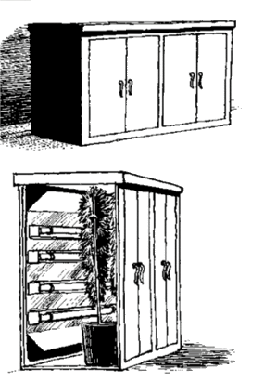You raise some great points knna. Even on the usual chlorophyll absorption charts, the "green" spectrum shows some absorption. Most charts indicate this is a very inefficient range for the plant, but you are suggesting it's only 10-20% worse? This confuses me a bit, but I am willing to listen.
Also, I think it's worth noting that green wavelengths penetrate canopy better than about any other kind because the upper leaves don't absorb it all. I notice a lot of LED grows ignore this range entirely, and I've also never really seen an LED grow that impressed me or even began to be worth the money invested. Is this partly due to lacking major parts of the spectrum?
Also, I think it's worth noting that green wavelengths penetrate canopy better than about any other kind because the upper leaves don't absorb it all. I notice a lot of LED grows ignore this range entirely, and I've also never really seen an LED grow that impressed me or even began to be worth the money invested. Is this partly due to lacking major parts of the spectrum?






